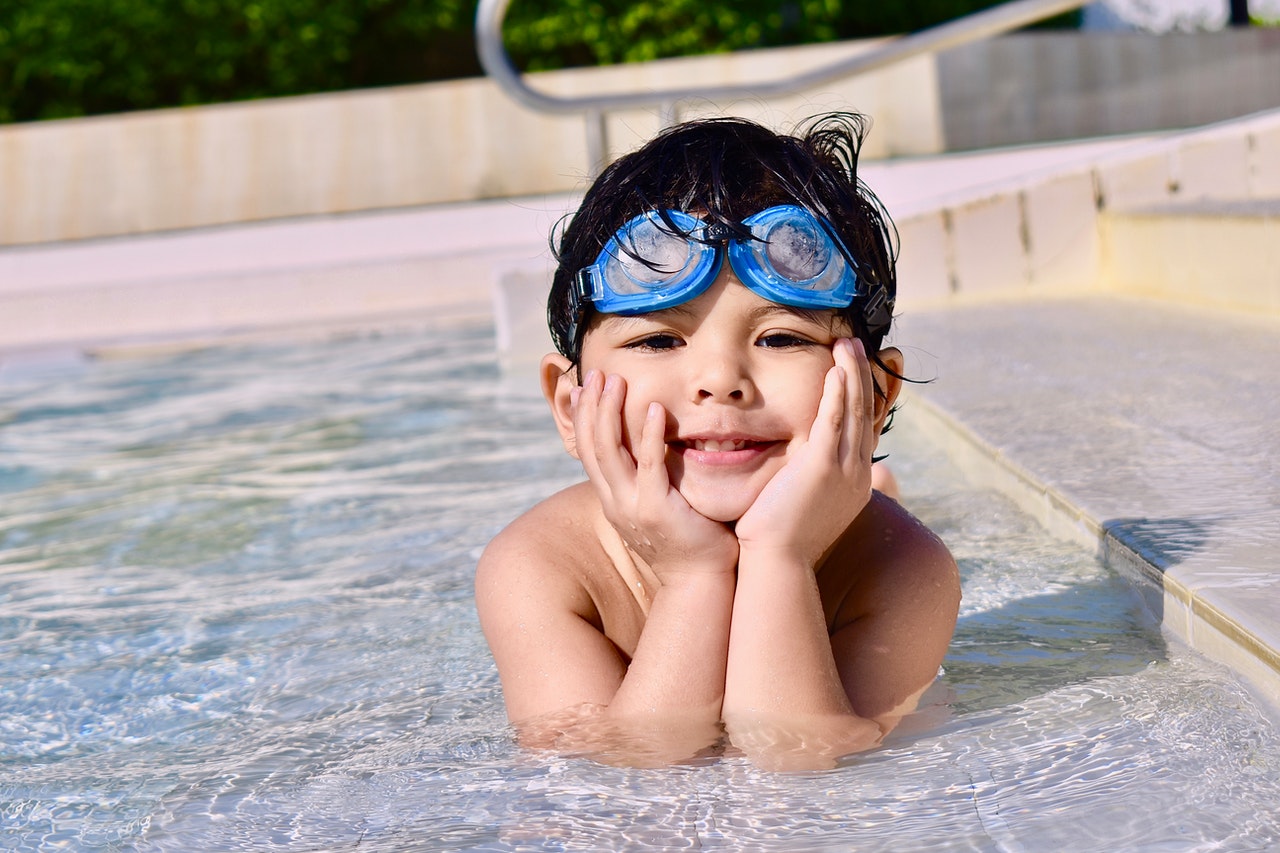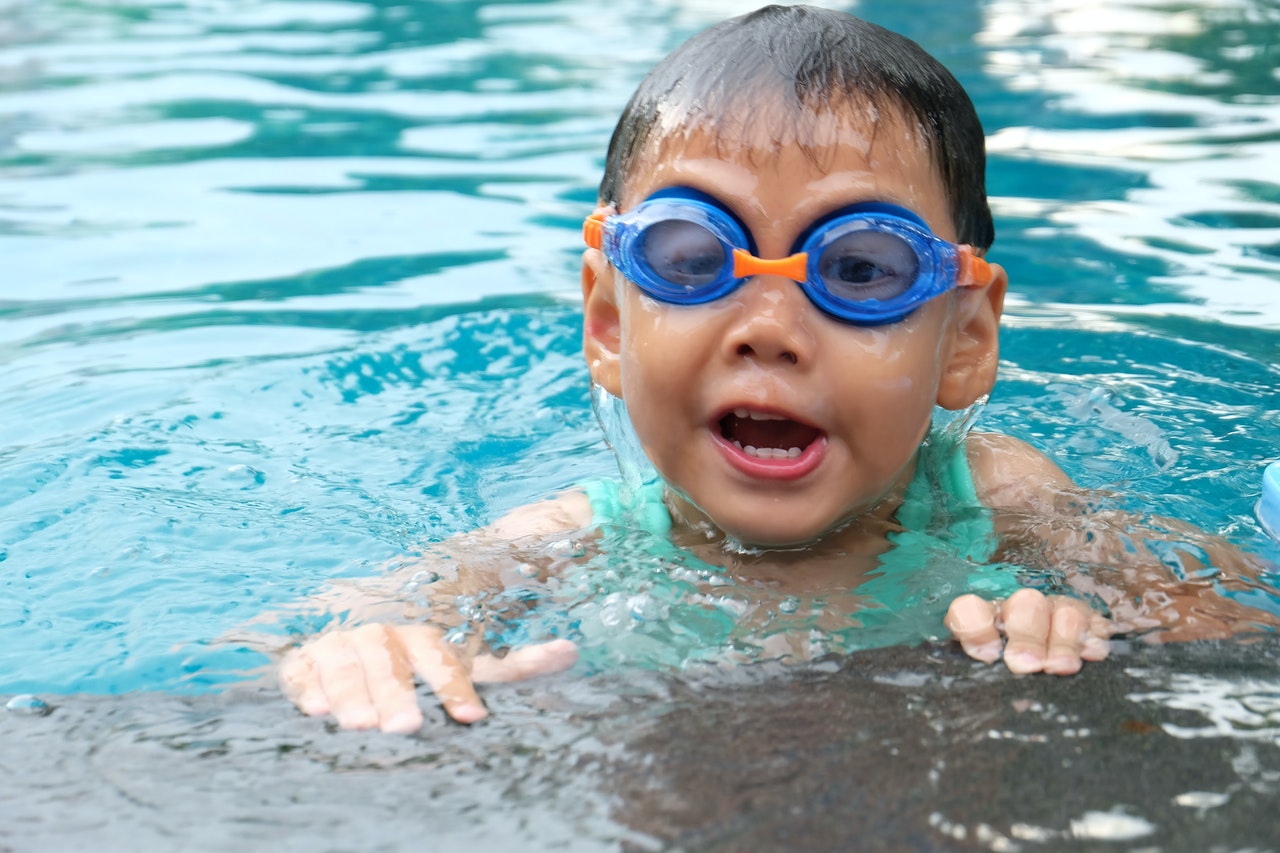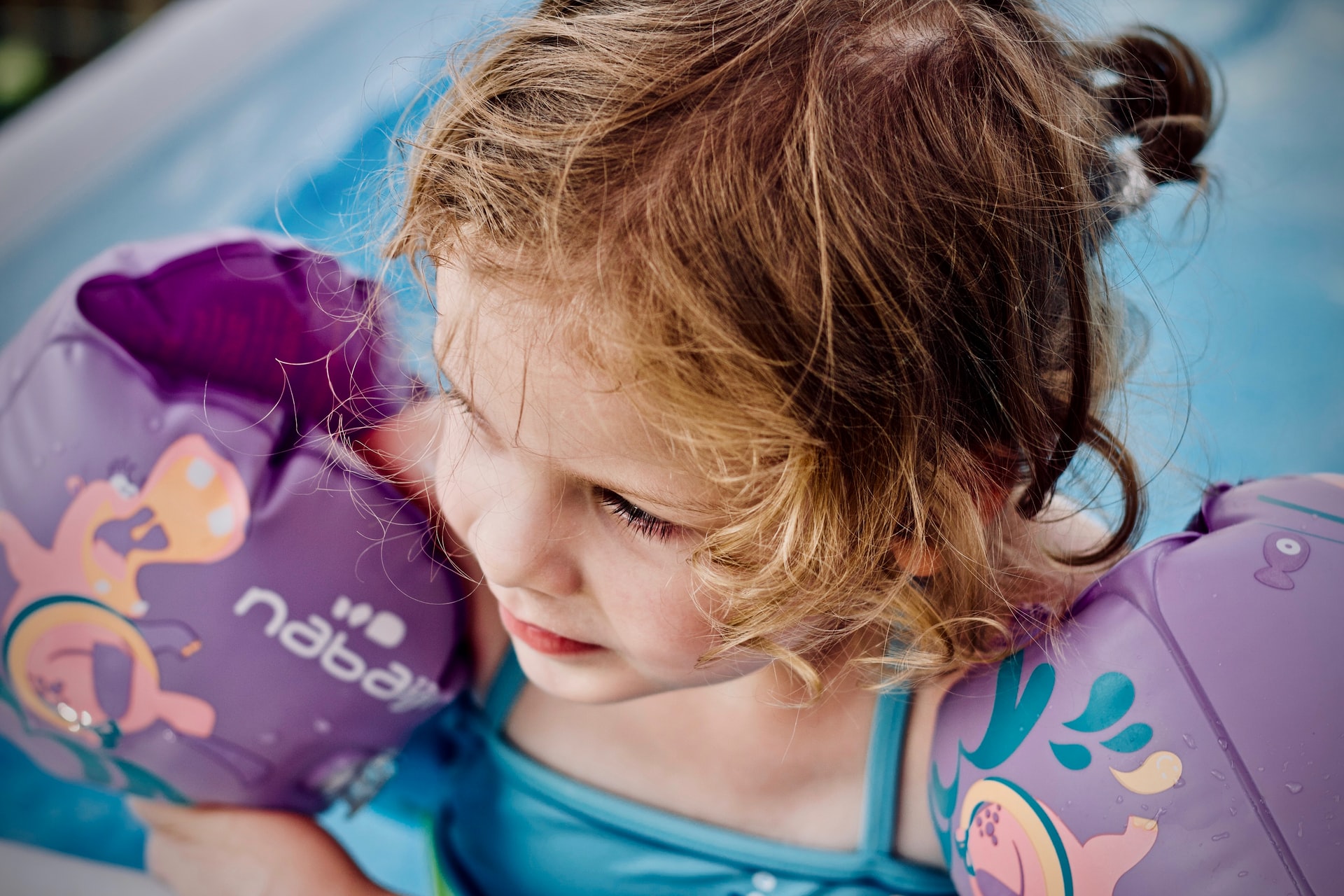
There are numerous excellent strategies to employ while training your infant to swim. Swimming is a crucial and life-saving skill that can be taught from a very young age. Teaching your infant to hold their breath underwater is the first step in teaching them to swim and survive. Then, we concentrate on self-rescue methods, such as swim-float-swim, which is a succession of floating, kicking, and basic strokes made to keep your child safer in any level of water. Starting at six months old, Survival Swim assists in teaching your infant these skills.
As soon as you can, begin
The easier and better it will be for your little swimmer to learn, the earlier you may begin training them. Babies often do not associate fear of water with it. As a result, swimmers who learn to swim as infants frequently don’t remember it as a horrific event. Your child’s fear reactions start to develop as they get older. A child who has not been taught the fundamentals of adult swimming classes by the age of three will acquire a phobia of the water.
And getting started early helps more than merely overcome fear. By the age of five, a child’s brain is 90% developed[1]. The earlier you start teaching your child to swim and survive in the water, the more instinctive those abilities will be. When a youngster learns to swim from an early age, the confidence they get becomes ingrained in their brain, resulting in lifelong talents.
 Establish a Calm Environment
Establish a Calm Environment
Children who take Survival Swim will learn to keep their cool and rely on their acquired skills while they are around water. In order for them to learn, you must firstly establish a quiet environment. Spend some time being comfortable in the water with your child and practicing the techniques you plan to teach them. Show them how you can maintain your breath and keep your eyes open while submerged. Even the smallest infants learn through imitation. You won’t go ignored for your demonstrations.
You’re one step closer to overcoming fear once you establish a cozy and unhurried setting. This is crucial, especially if you don’t begin teaching your child to swim when they are a baby. When an untrained youngster comes into contact with the water, the unfamiliarity triggers fear, which develops into panic. Your beginner swimmer will have an easier time learning to float, swim, and perform a self-rescue if you take the time to educate them how to hold their breath, open their eyes, and relax in the water.
First, face your own fears.
If you are afraid of the water, it is challenging, if not impossible, to foster a calm environment for your child. If you need to cope with your own worries, do it away from your child. Spend some time practicing the fundamentals in the water, including how to tread water in the deep end, hold your breath underwater, open your eyes underwater, and do basic swimming strokes. To assist you overcome your fears, practice positive affirmations and self-talk. To improve your confidence and abilities in and around the water, enroll in an adult swimming or lifeguarding class if you’re still having trouble. In order to give your child the finest learning environment possible, enlist the aid of a Survival Swim trained teacher if your anxieties are too severe to overcome.
Set Your Expectations to a Level
The ability to swim is a survival skill, not an extracurricular endeavor. Prepare yourself to fully dedicate yourself to the learning process. You must be willing to get in the water as frequently as you can with your child, day after day, until they have mastered the necessary abilities since teaching someone to swim requires repetition, practice, and dedication. This frequently entails going swimming when you or your child is not feeling well. The good news is that teaching and practicing survival swim techniques only requires a short amount of time each day.
Begin (and exercise) in the bathtub
The Survival Swim method can be taught to your child without having a pool in your backyard. Your child can begin learning to swim in the bathtub, keep up their education throughout the off-season, and even practice between classes.
Have them practice holding their breath and opening their eyes underwater while resting face-down in cool, clear water to simulate a swimming situation. Additionally, they can try floating on their backs and kicking their legs. Fill the bathtub just enough so that their head rests on the bottom and their ears are submerged in order to help them develop confidence while floating on their backs. You can increase the water level as they improve. The better they get, the more frequently they practice. They’ll quickly be able to apply what they’ve learned in the bathtub to any depth of water. But even when they have mastered the fundamentals of Survival Swim, never leave a young child unattended in the bathtub!
Basics of Swimming
Swimming is essential for survival and self-rescue, even though floating is excellent. Swimming is the act of moving through the water while facing down, holding one’s breath, and keeping one’s eyes open. Your child will be able to start kicking their legs after they put their face down, open their eyes, and look at the bottom of the pool. They are swimming at that point. You can utilize the saying “face down, butt up!” to help young children and toddlers who are learning to swim remember the correct swimming position.
Inexperienced swimmers who don’t put their face in the water are “doggy paddling,” not swimming. If this method is the only one they are familiar with, little infants may rapidly become exhausted from it. Fortunately, there are a few easy procedures you can employ in your home pool, spa, or even the bathtub to teach fundamental swimming:
 Educate them to swim, float, and swim
Educate them to swim, float, and swim
Have your student open their eyes, hold their breath, and dip their face into the water. Their body will rise up spontaneously.
In this position, your swimmer should kick while focusing on their final position.
When they need to breathe, they may turn their heads to one side, lift their faces out of the water, and use their mouths.
Your swimmer should roll onto their back and float whenever they start to become tired. In this position, they have the option of resting or continuing to kick.
To maintain an eye on their target and swim more quickly to safety, your swimmer should roll back to the swim posture frequently.
Assist your swimmer in developing water breathing techniques.
Encourage them to push their body away from the pool’s edge while holding the side.
Your swimmer needs to inhale and submerge their face in the water.
The swimmer should then work on kicking while keeping their face down and their eyes open and exhaling air via their nose and mouth.
Ask them to turn their neck so that their face emerges from the water when they need to take a breath. After that, they can breathe via mouth. Keep reminding them to kick on!
The swimmer should instantly revert to a face-down position after taking a brief breath.
Study Up On Survival Swimming
Every child should start swimming lessons as soon as possible. However, newborn swimming lessons are frequently too expensive or time-consuming. Survival Swim is an affordable solution when teaching your child to swim at home or in the neighborhood pool. Even without a pool, you can still instruct many of the
your youngster the fundamentals of survival swimming in a bathtub. From an early age, you may instill the skill of swimming in your children, ensuring that they will have it for the rest of their lives.






